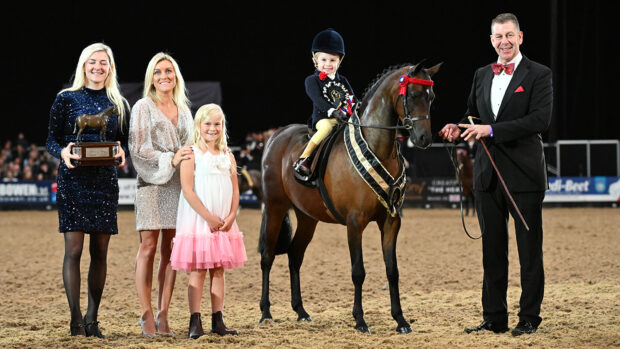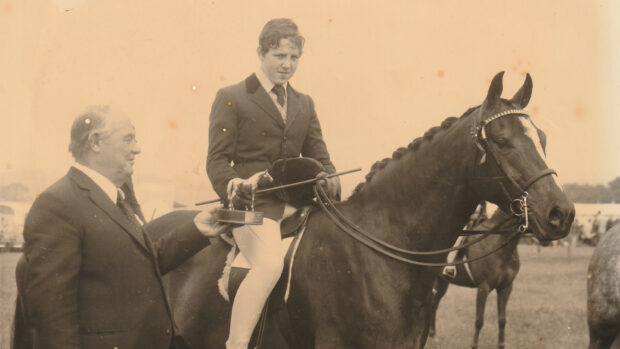In our 2019 showing special (28 March issue) we get an insight on the current marking system used in pony qualifiers. While generally accepted as commonplace among pony competitors, in recent years the concept has been integrated into some horse classes, leading to differing views.
In our two-part big showing debate, H&H asks: ‘do you think the marks system is a positive aspect of showing, or do you think it’s time for change?’
Top show producer and judge Penny Hollings and expert judge Beverley Moore explain what they think marking adds to showing and why they think the system should remain…
Marks provide feedback
“Marks provide useful feedback to competitors, especially in a large class where a judge may not have the opportunity to discuss [their thoughts with each other],” says Penny. “Every amateur rider I have ever asked has been in favour of marks. They show how a judge thinks and what pattern they generally follow while judging. If I can’t follow the marks from a particular judge then I wouldn’t waste time and money showing under them again.”
They are a time saver
Penny adds: “The system saves lots of time by avoiding lengthy discussions and potential persuading between judges.”
Improving transparency
“Judges are often criticised for having an agenda,” continues Penny. “But marks make them commit their opinion to paper for all to see after the class. It makes things more transparent.”
Beverley adds: “Its positive that marks are there for competitors to see — there is nothing or nowhere to hide. I have a bench mark I stick too and I am not afraid to use my marks to the extreme; that is what we have them for. I am quite happy to mark right down to single digits for a bad show. It might be a beautiful animal and warrant a fabulous conformation mark but if it cannot perform a really good show and go round then it does not deserve to win.”
The best method of judging big classes
“From a judging perspective they assist greatly in sorting the middle order of a class,” says Penny. “For example, in a large class — such as the hairy coloured ponies at the Royal International, marks aren’t used. This means competitors down the line don’t know how they have done; they could be 10th or 40th and wouldn’t know.
“Also, in a two judge system without marks, a competitor has no idea whether a judge likes or dislikes their animal, and by what margin. If you weren’t placed when under one judge without marks you wouldn’t know if they had disliked your way of going or your conformation, so would struggle to improve next time around. In my experience of judging many different types and classes at all levels, marks are the only way to achieve an accurate result.”
Article continues below…
You might also be interested in:

20 signs you’re an incurable showing addict

Subscribe to Horse & Hound magazine today – and enjoy unlimited website access all year round
Ensuring showing stays impartial
Penny adds: “It concerns me when a judge — who is supposed to be impartial — states that marks don’t always give the right result, or the one that the judge would like. They aren’t there to have a favourite, but to assess which is the best on the day.”
It’s what competitors want
“The marks were introduced by the BSPS after the membership voiced their concerns. In my opinion they should be used in all competitions,” states Penny.
But maybe there could be a change?
Beverley says that she believes a 40/60 marking system could be introduced: “My one change would be to revert to the 60/40 in ridden classes. In sum, they are performance classes and I personally feel that the initial go-round and the individual show should carry more marks than the conformation section.
“Judges also need to use the range of marks available. If judges do not use the full range then classes end up with a handful of marks covering the class.”
For all the latest equestrian news and reports, don’t miss Horse & Hound magazine, out every Thursday. The 2019 showing special is out now!




